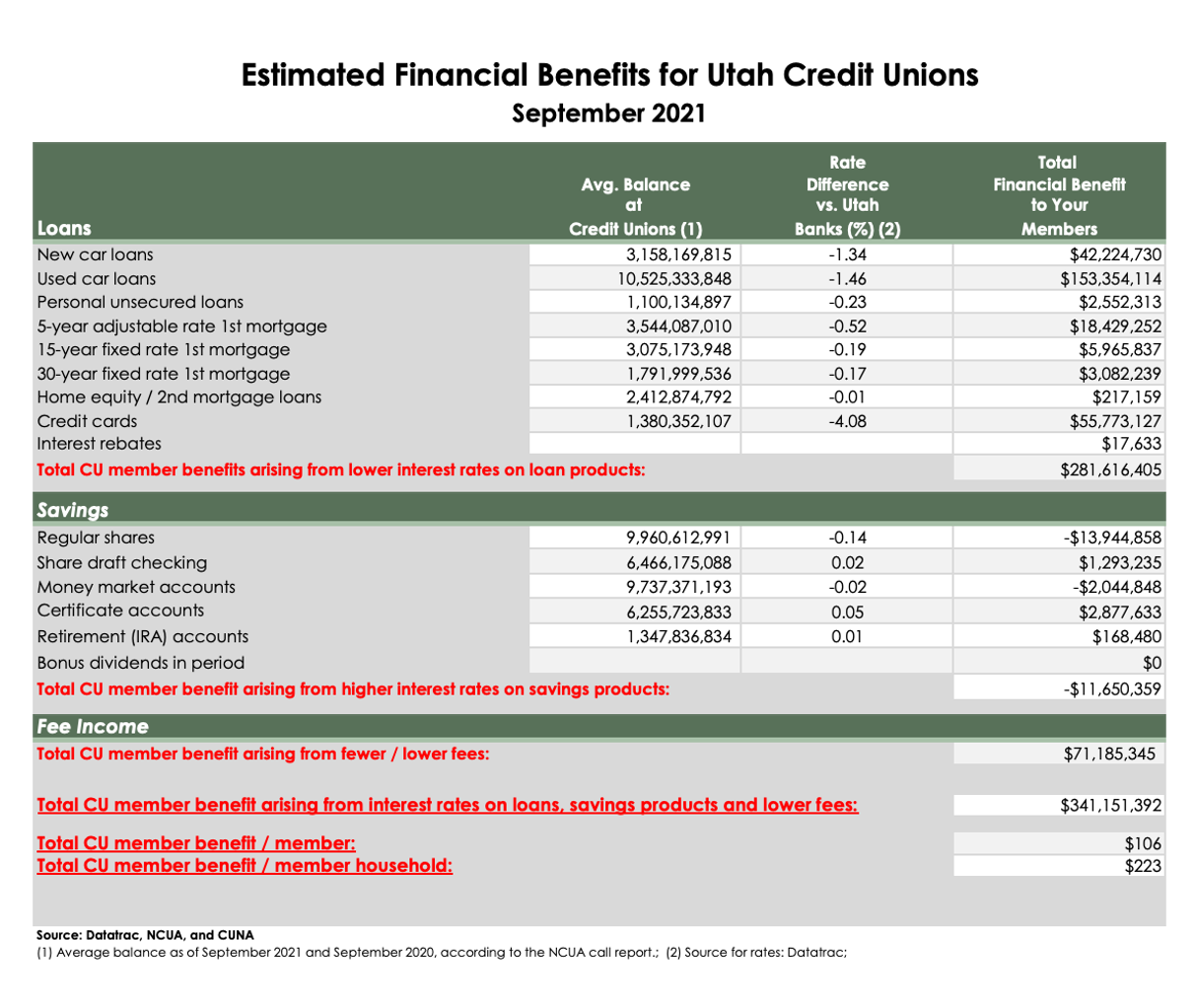The Ultimate Overview to Recognizing Lending Institution
:max_bytes(150000):strip_icc()/6-benefits-of-using-a-credit-union.aspx_final-6e501699186e429ab6458d9e36ebe4a1.jpg)
Credit report unions stand as unique monetary entities, rooted in concepts of common assistance and member-driven operations. As we browse via the ins and outs of credit report unions, an informative trip awaits to drop light on these member-focused institutions and how they vary from conventional banks.
What Are Lending Institution?
Credit scores unions are member-owned monetary establishments that use a series of banking services to their participants. Unlike traditional banks, lending institution operate as not-for-profit organizations, meaning their main emphasis gets on serving their participants as opposed to making best use of earnings. Members of a cooperative credit union typically share a common bond, such as working for the exact same company, coming from the very same area, or belonging to the exact same company.
One of the key benefits of debt unions is that they often offer higher rate of interest on interest-bearing accounts and lower rate of interest on loans compared to banks. Credit Union in Wyoming. This is due to the fact that lending institution are structured to profit their participants directly, enabling them to pass on their earnings in the form of better prices and less costs. In addition, cooperative credit union are recognized for their customized client service, as they focus on developing relationships with their members to comprehend their one-of-a-kind economic needs and objectives
History and Evolution of Debt Unions
The roots of member-owned financial cooperatives, understood today as lending institution, trace back to a time when communities looked for options to typical banking establishments. The idea of credit report unions come from the 19th century in Europe, with Friedrich Wilhelm Raiffeisen usually attributed as the leader of the cooperative financial motion. Raiffeisen founded the initial identified credit union in Germany in the mid-1800s, highlighting area assistance and self-help principles.
The evolution of lending institution continued in North America, where Alphonse Desjardins developed the very first lending institution in Canada in 1900. Quickly after, in 1909, the first U.S. credit report union was formed in New Hampshire by a group of Franco-American immigrants. These very early cooperative credit union run on the fundamental concepts of shared assistance, democratic control, and member ownership.
Gradually, lending institution have actually expanded in appeal worldwide as a result of their not-for-profit structure, concentrate on serving participants, and providing affordable financial product or services. Today, credit report unions play an important function in the economic industry, providing obtainable and community-oriented banking alternatives for businesses and individuals alike.

Subscription and Qualification Requirements
Subscription at a credit union is normally restricted to people meeting specific eligibility standards based on the organization's founding concepts and regulative needs. These requirements frequently consist of elements such as geographical place, work status, membership in particular organizations, or association with details groups. Credit rating unions are recognized for their community-oriented method, which is mirrored in their membership demands. Credit Union in Wyoming. For instance, some cooperative credit union helpful site might only serve people that live or work in a certain location, while others might be customized to staff members of a specific company or participants of a certain organization.
In addition, lending institution are structured as not-for-profit companies, indicating that their key objective is to serve their members as opposed to produce revenues for investors. This concentrate on member service commonly converts right into even more customized attention, lower fees, and affordable rates of interest on financings and financial savings accounts. By fulfilling the qualification criteria and becoming a participant of a lending institution, people can access a series of monetary services and products tailored to their details needs.
Providers and Products Provided
One of the essential facets article source that establishes credit rating unions apart is the varied range of monetary services and products they supply to their members. Debt unions generally offer standard financial solutions such as savings and inspecting accounts, financings, and credit history cards.
In addition, credit history unions usually provide hassle-free online and mobile banking options for members to quickly handle their finances. They may supply rewards such as common branching, permitting participants to access their accounts at various other credit history unions throughout the nation. Some cooperative credit union also provide insurance coverage items like life, home, and automobile insurance coverage to assist members shield their properties and liked ones.

Advantages of Banking With Lending Institution
When thinking about monetary institutions, checking out the benefits of financial with lending institution exposes one-of-a-kind benefits for members looking for personalized service and competitive rates. One significant advantage of debt unions is their concentrate on customized client service. Unlike large banks, cooperative credit union are member-owned and click here to read prioritize building strong connections with their members. This implies that lending institution team often have a deeper understanding of their participants' economic demands and can supply customized solutions to help them attain their objectives. In addition, cooperative credit union are recognized for supplying affordable rates of interest on financings and cost savings accounts. Due to the fact that they are not-for-profit companies, debt unions can often give lower funding rates, higher savings rates, and lower fees contrasted to conventional financial institutions. This can lead to significant price savings for participants in time. In general, financial with a lending institution can supply a more tailored, economical, and member-centric financial experience.
Conclusion
In verdict, credit report unions stand out as member-owned banks that focus on serving their members over making the most of profits. With beginnings going back to 19th century Europe, cooperative credit union adhere to principles of shared help and participant ownership. They use an array of economic solutions and items, consisting of conventional banking services, investment options, and competitive rate of interest. Membership qualification criteria are particular and reflect a community-oriented approach, offering tailored customer support and a member-centric financial experience.
Credit rating unions are member-owned financial institutions that supply an array of banking services to their participants. The principle of credit unions originated in the 19th century in Europe, with Friedrich Wilhelm Raiffeisen frequently credited as the leader of the participating banking activity.The development of debt unions continued in North America, where Alphonse Desjardins developed the very first credit union in Canada in 1900. Debt unions normally offer typical financial services such as financial savings and inspecting accounts, fundings, and credit history cards.When considering economic organizations, exploring the benefits of banking with credit unions discloses distinct advantages for members looking for tailored solution and competitive prices.